
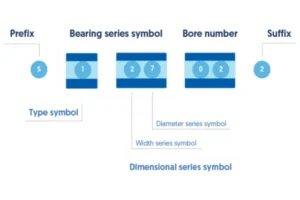
What Roller Bearing Size Codes Mean for Buyers
Roller bearing sizes and codes explained for buyers—understand what each number means and how to select the right bearing for your application.
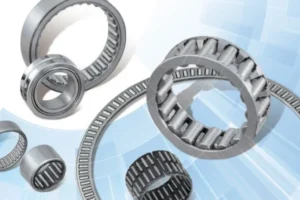
3 ways Koyo needle roller bearings save space and boost performance
Koyo needle roller bearings save space and boost performance with compact design, high load capacity, and durability for automotive and industrial use.

Breaking Down the Materials Used in Roller Bearings
Roller bearings use high-carbon chromium steel, ceramics, and plastics for strength, durability, and performance in various industrial applications.
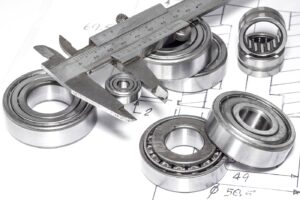
High Precision Ball Bearings vs. Standard Ball Bearings: Is the Extra Cost Worth It?
High precision ball bearings offer tighter tolerances, longer life, and lower vibration than standard types—worth the cost for demanding applications.

Why Choose Insulated Ball Bearings 6310M/C3VL0241 for Electrical Insulation
Insulated Ball Bearings 6310M/C3VL0241 block stray currents, preventing electrical damage and extending motor life in high-voltage industrial applications.
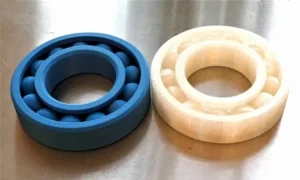
From Experimentation to Industry: The Evolution of 3D Printed Ball Bearings
3D printing bearings enable custom designs, rapid prototyping, and cost savings, but face material limits. See trends, benefits, and industry adoption insights.
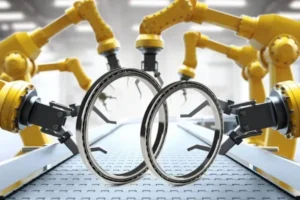
Why Thin Wall Ball Bearings Enable Smarter, Lighter Robots
Thin wall ball bearings enable lighter, more precise robots by saving space, reducing weight, and improving motion control in advanced automation systems.
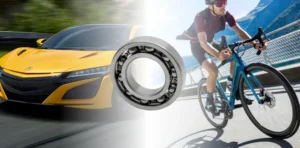
How Ball Bearings Reduce Friction in Bikes and Cars
Ball bearings reduce friction in bikes and cars by enabling smoother, more efficient movement, leading to better performance and longer-lasting parts.
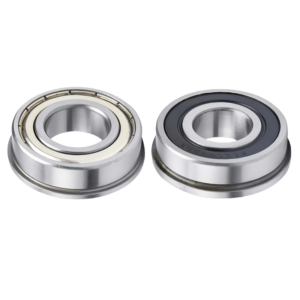
How to Match Flanged Ball Bearings to Your Application Requirements
Select the right flanged ball bearing by matching load, speed, environment, and fit to your application for optimal performance and reliability.

Breaking Down the Most Popular Roller Bearing Types
Roller bearings include cylindrical, needle, spherical, tapered, and thrust types, each designed for specific load and alignment needs in machinery.

The Basics of Roller Bearings in 2025
A roller bearing uses rollers for line contact, offering higher load capacity and durability for heavy-duty machines in 2025 applications.
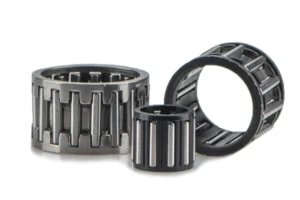
The Important Job of the Cage in Needle Roller Bearings
This article provides a comprehensive overview of needle roller bearing cages, explaining their crucial role in ensuring smooth operation, reducing friction, and extending bearing life. It delves into the function of the cage, different types of needle roller bearings (caged, thrust, and drawn cup), and the various materials used in cage construction. The article concludes by addressing common questions about needle roller bearings and their applications.

3 Quick Checks Using the Flanged Ball Bearing Size Chart for Beginners
Easily choose the right bearing with a flanged ball bearing size chart—measure shaft, flange, and width for a secure fit and reliable performance.
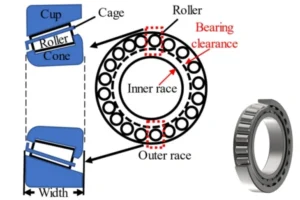
What Does ‘Clearance’ Mean in Roller Bearings And How to Measure It
Learn what roller bearing clearance is, why it matters, and how to measure it. From radial vs. axial clearance to using tools like feeler gauges, this guide makes it simple to keep your bearings running smoothly.

Why 4mm and 10mm Ball Bearings Serve Different Purposes
Understand the difference between ball bearings and why 4mm vs 10mm sizes impact load, fit, and performance in various machines and devices.

Ball Bearing Buying Guide: Local Store or Online Shops?
Professional online factories, such as TFL Bearings, are the preferred choice for optimized efficiency and cost, offering customization, lower prices, and a global supply chain.